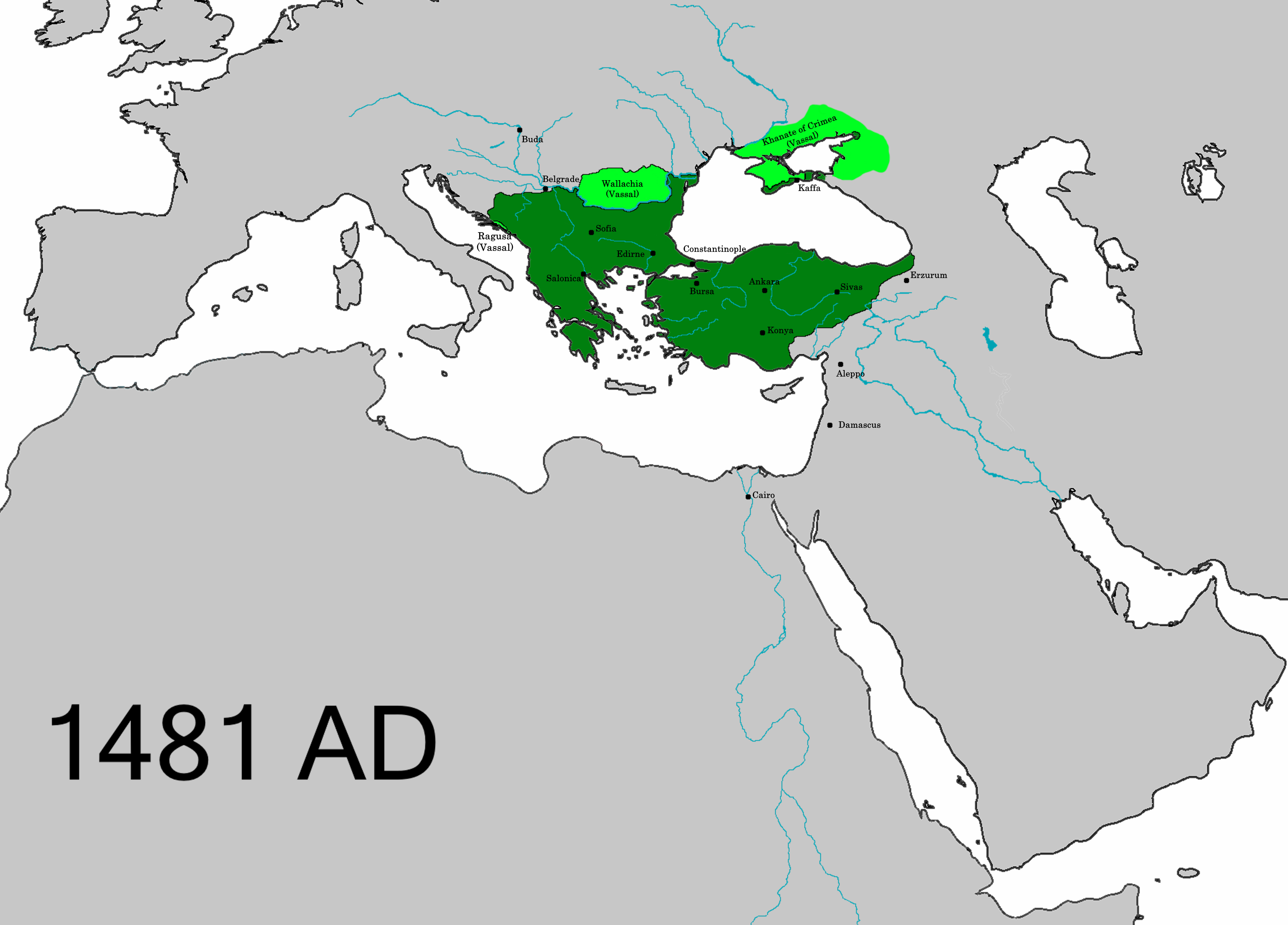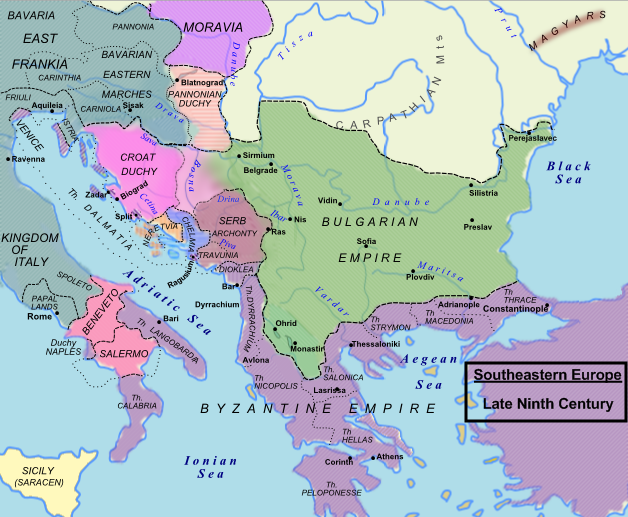|
Kapucu
A kapucu (; or ') was an official envoy of the Ottoman Sultan in medieval Wallachia and Moldavia. Their missions were mostly associated with the recalling of subject hospodars or voivodes, often followed by their imprisonment or execution. Constantine Ducas was deposed as voivode of Moldavia This is a list of monarchs of Moldavia, from the first mention of the medieval polity east of the Carpathian Mountains, Carpathians and until its disestablishment in 1862, when Unification of Moldavia and Wallachia, it united with Wallachia, the ot ... in 1695 for having executed a ''kapucu'' sent to inspect his realm. References Government of the Ottoman Empire Ottoman period in Romania Turkish words and phrases {{Ottoman-stub ... [...More Info...] [...Related Items...] OR: [Wikipedia] [Google] [Baidu] [Amazon] |
Constantine Ducas (Moldavian Ruler)
Constantine Ducas (, ''Kōnstantínos Doúkas''; ; ? – 1704) son of George Ducas, was a Voivode (Prince) of Moldavia between April 1693 and December 18, 1695 and September 12, 1700 – July 26, 1703. Life Although backed to the throne by his father-in-law, Prince Constantin Brâncoveanu of Wallachia, Constantine Ducas had indebted himself to Constantinople creditors. This made him raise taxes and reintroduce the '' văcărit'' (the confiscation of every tenth head of cattle). He sealed matrimonial alliances with the Costineşti boyar family (to which Miron Costin belonged) and persecuted the Cantemirs, the family of his predecessor Constantin Cantemir">Constantin Constantin is an Aromanian, Megleno-Romanian and Romanian male given name A given name (also known as a forename or first name) is the part of a personal name quoted in that identifies a person, potentially with a middle name as well, .... After delaying payments of the tribute and ordering the killi ... [...More Info...] [...Related Items...] OR: [Wikipedia] [Google] [Baidu] [Amazon] |
Ottoman Empire
The Ottoman Empire (), also called the Turkish Empire, was an empire, imperial realm that controlled much of Southeast Europe, West Asia, and North Africa from the 14th to early 20th centuries; it also controlled parts of southeastern Central Europe, between the early 16th and early 18th centuries. The empire emerged from a Anatolian beyliks, ''beylik'', or principality, founded in northwestern Anatolia in by the Turkoman (ethnonym), Turkoman tribal leader Osman I. His successors Ottoman wars in Europe, conquered much of Anatolia and expanded into the Balkans by the mid-14th century, transforming their petty kingdom into a transcontinental empire. The Ottomans ended the Byzantine Empire with the Fall of Constantinople, conquest of Constantinople in 1453 by Mehmed II. With its capital at History of Istanbul#Ottoman Empire, Constantinople (modern-day Istanbul) and control over a significant portion of the Mediterranean Basin, the Ottoman Empire was at the centre of interacti ... [...More Info...] [...Related Items...] OR: [Wikipedia] [Google] [Baidu] [Amazon] |
Ottoman Dynasty
The Ottoman dynasty () consisted of the members of the imperial House of Osman (), also known as the Ottomans (). According to Ottoman tradition, the family originated from the Kayı tribe branch of the Oghuz Turks, under the leadership of Osman I in northwestern Anatolia in the district of Bilecik, Söğüt. The Ottoman dynasty, named after Osman I, ruled the Ottoman Empire from 1299 to 1922. During much of the Empire's history, the sultan was the absolute regent, head of state, and head of government, though much of the power often shifted to other officials such as the Grand Vizier of the Ottoman Empire, Grand Vizier. During the First Constitutional Era, First (1876–78) and Second Constitutional Eras (1908–20) of the late Empire, a shift to a constitutional monarchy was enacted, with the Grand Vizier taking on a prime ministerial role as head of government and heading an elected General Assembly of the Ottoman Empire, General Assembly. The imperial family was deposed ... [...More Info...] [...Related Items...] OR: [Wikipedia] [Google] [Baidu] [Amazon] |
Medieval
In the history of Europe, the Middle Ages or medieval period lasted approximately from the 5th to the late 15th centuries, similarly to the post-classical period of World history (field), global history. It began with the fall of the Western Roman Empire and transitioned into the Renaissance and the Age of Discovery. The Middle Ages is the middle period of the three traditional divisions of Western history: classical antiquity, the medieval period, and the modern period. The medieval period is itself subdivided into the Early Middle Ages, Early, High Middle Ages, High, and Late Middle Ages. Population decline, counterurbanisation, the collapse of centralised authority, invasions, and mass migrations of tribes, which had begun in late antiquity, continued into the Early Middle Ages. The large-scale movements of the Migration Period, including various Germanic peoples, formed new kingdoms in what remained of the Western Roman Empire. In the 7th century, North Africa and the ... [...More Info...] [...Related Items...] OR: [Wikipedia] [Google] [Baidu] [Amazon] |
Principality Of Wallachia
Wallachia or Walachia (; ; : , : ) is a historical and geographical region of modern-day Romania. It is situated north of the Lower Danube and south of the Southern Carpathians. Wallachia was traditionally divided into two sections, Muntenia (Greater Wallachia) and Oltenia (Lesser Wallachia). Dobruja could sometimes be considered a third section due to its proximity and brief rule over it. Wallachia as a whole is sometimes referred to as Muntenia through identification with the larger of the two traditional sections. Wallachia was founded as a principality in the early 14th century by Basarab I after a rebellion against Charles I of Hungary, although the first mention of the territory of Wallachia west of the river Olt dates to a charter given to the voivode Seneslau in 1246 by Béla IV of Hungary. In 1417, Wallachia was forced to accept the suzerainty of the Ottoman Empire; this lasted until the 19th century. In 1859, Wallachia united with Moldavia to form the United ... [...More Info...] [...Related Items...] OR: [Wikipedia] [Google] [Baidu] [Amazon] |
Principality Of Moldavia
Moldavia (, or ; in Romanian Cyrillic: or ) is a historical region and former principality in Eastern Europe, corresponding to the territory between the Eastern Carpathians and the Dniester River. An initially independent and later autonomous state, it existed from the 14th century to 1859, when it united with Wallachia () as the basis of the modern Romanian state; at various times, Moldavia included the regions of Bessarabia (with the Budjak), all of Bukovina and Hertsa. The region of Pokuttya was also part of it for a period of time. The western half of Moldavia is now part of Romania, the eastern side belongs to the Republic of Moldova, and the northern and southeastern parts are territories of Ukraine. Name and etymology The original and short-lived reference to the region was ''Bogdania'', after Bogdan I, the founding figure of the principality. The names ''Moldavia'' and ''Moldova'' are derived from the name of the Moldova River; however, the etymolo ... [...More Info...] [...Related Items...] OR: [Wikipedia] [Google] [Baidu] [Amazon] |
Hospodars
''Gospodar'' or ''hospodar'', also ''gospodin'' as a diminutive, is a term of Slavic origin, meaning "lord" or "master". The compound (, , , sh-Latn-Cyrl, gospodar, господар, ) is a derivative of ''gospod'' / ''gospodin'', , or when spelled with a capital G (''Gospod'' / ''Gospodin'') it translates as Lord for God. Etymology The etymology of the word can be traced back to the connotation of the Indo-European patron-client and guest-host relationship. Patron-client Rich patrons sponsored feasts as a way for them to promote and secure a political hierarchy built on the unequal mobilization of labor and resources, by displaying their generosity towards the rest of the community. Rivals competed publicly through the size and complexity of their feasts, and alliances were confirmed by gift-giving and promises made during those public gatherings. The host of the feast was called the *''ghosti-potis'', the 'lord of the guests', who honored the immortal gods and his mortal g ... [...More Info...] [...Related Items...] OR: [Wikipedia] [Google] [Baidu] [Amazon] |
Voivode
Voivode ( ), also spelled voivod, voievod or voevod and also known as vaivode ( ), voivoda, vojvoda, vaivada or wojewoda, is a title denoting a military leader or warlord in Central, Southeastern and Eastern Europe in use since the Early Middle Ages. It primarily referred to the medieval rulers of the Romanian-inhabited states and of governors and military commanders of Poles, Hungarian, Lithuanian, Balkan, Russian people and other Slavic-speaking populations. In the Polish-Lithuanian Commonwealth, ''voivode'' was interchangeably used with '' palatine''. In the Tsardom of Russia, a voivode was a military governor. Among the Danube principalities, ''voivode'' was considered a princely title. Etymology The term ''voivode'' comes from two roots. , means "war, fight," while , means "leading", thus in Old Slavic together meaning "war leader" or "warlord". The Latin translation is for the principal commander of a military force, serving as a deputy for the monarch. In ... [...More Info...] [...Related Items...] OR: [Wikipedia] [Google] [Baidu] [Amazon] |
Voivode Of Moldavia
This is a list of monarchs of Moldavia, from the first mention of the medieval polity east of the Carpathian Mountains, Carpathians and until its disestablishment in 1862, when Unification of Moldavia and Wallachia, it united with Wallachia, the other Danubian Principalities, Danubian Principality, to form the modern-day state of Romania. Notes Dynastic rule is hard to ascribe, given the loose traditional definition of the ruling family (on principle, princes were chosen from any branch, including a previous monarch's bastard sons – being defined as ''os de domn'' – "of Hospodar, domn marrow", or as having ''hereghie'' – "heredity" (from the Latin ''hereditas''); the institutions charged with the Elective monarchy, election, dominated by the boyars, had fluctuating degrees of influence). The system itself was challenged by usurpers, and became obsolete with the Phanariotes, Phanariote epoch, when monarchs were appointed by the Ottoman Empire, Ottoman Ottoman Dynasty, Sultans. ... [...More Info...] [...Related Items...] OR: [Wikipedia] [Google] [Baidu] [Amazon] |
Government Of The Ottoman Empire
The Ottoman Empire developed over the years as a despotism with the List of sultans of the Ottoman Empire, Sultan as the supreme ruler of a centralized government that had an effective control of its Administrative divisions of the Ottoman Empire, provinces, officials and inhabitants. Wealth and rank could be inherited but were just as often earned. Positions were perceived as List of Ottoman titles and appellations, titles, such as viziers and ''Agha (Ottoman Empire), aghas''. Military of the Ottoman Empire, Military service was a key to many problems. The expansion of the Empire called for a systematic administrative organization that developed into a dual system of military ("Central Government") and civil administration ("Provincial System") and developed a kind of separation of powers: higher executive functions were carried out by the military authorities and judiciary, judicial and basic administration were carried out by civil authorities. Outside this system were vario ... [...More Info...] [...Related Items...] OR: [Wikipedia] [Google] [Baidu] [Amazon] |
Ottoman Period In Romania
Ottoman may refer to: * Osman I, historically known in English as "Ottoman I", founder of the Ottoman Empire * Osman II, historically known in English as "Ottoman II" * Ottoman Empire The Ottoman Empire (), also called the Turkish Empire, was an empire, imperial realm that controlled much of Southeast Europe, West Asia, and North Africa from the 14th to early 20th centuries; it also controlled parts of southeastern Centr ... 1299–1922 ** Ottoman dynasty, ruling family of the Ottoman Empire *** Osmanoğlu family, modern members of the family * Ottoman Caliphate 1517–1924 * Ottoman Turks, a Turkic ethnic group * Ottoman architecture * Ottoman bed, a type of storage bed * Ottoman (furniture), padded stool or footstool * Ottoman (textile), fabric with a pronounced ribbed or corded effect, often made of silk or a mixture See also * Ottoman Turkish (other) * Osman (other) * Usman (other) * Uthman (name), the male Arabic given name from which t ... [...More Info...] [...Related Items...] OR: [Wikipedia] [Google] [Baidu] [Amazon] |




